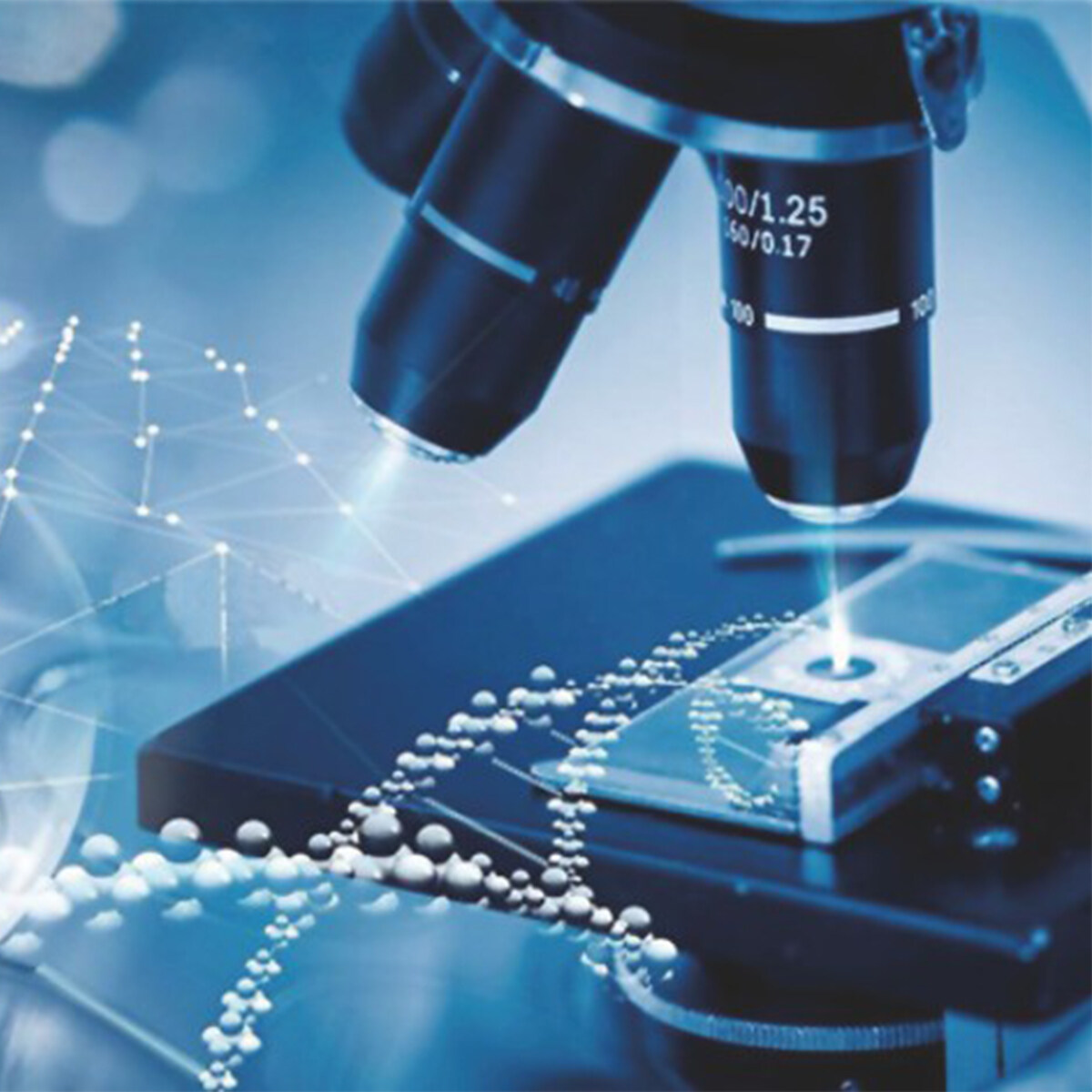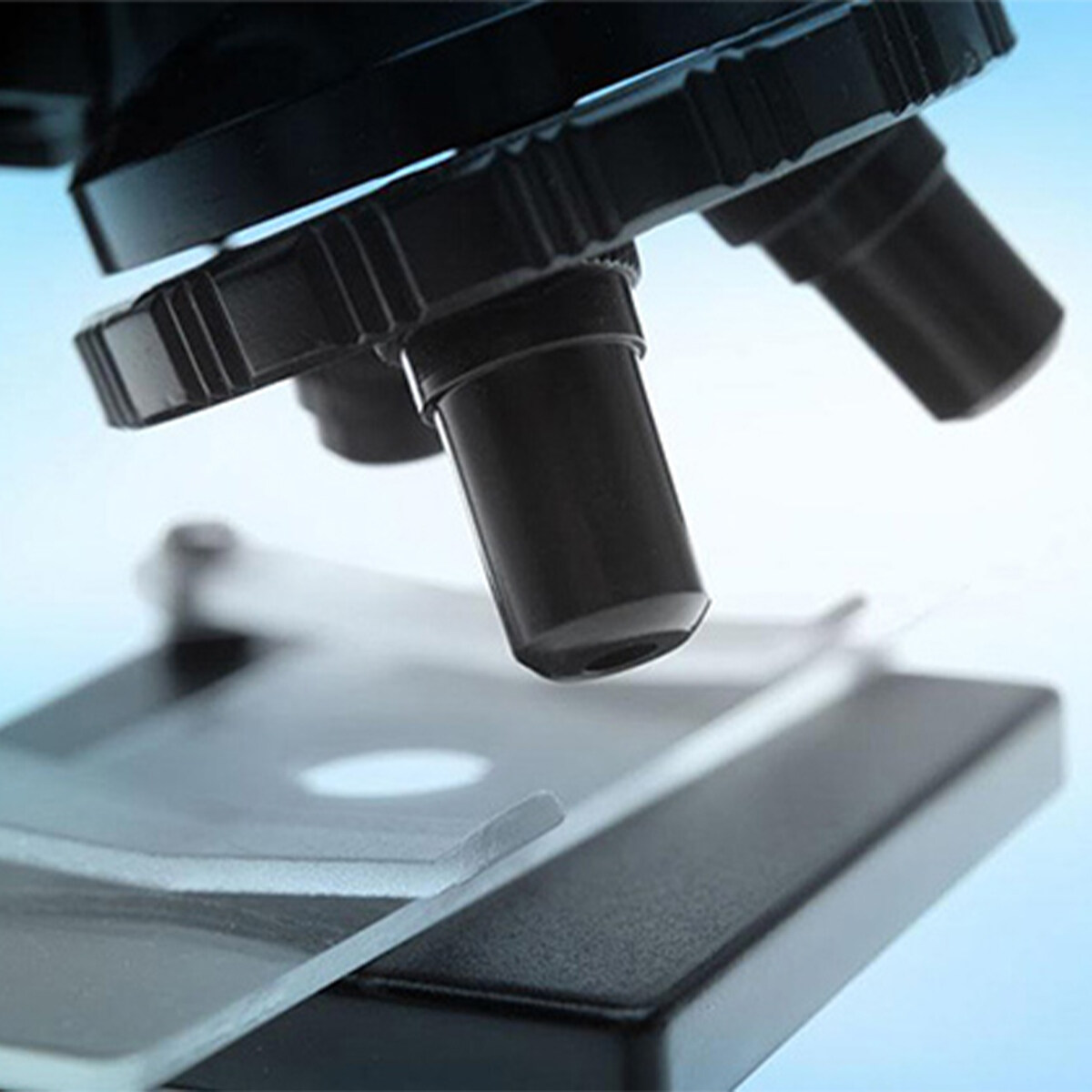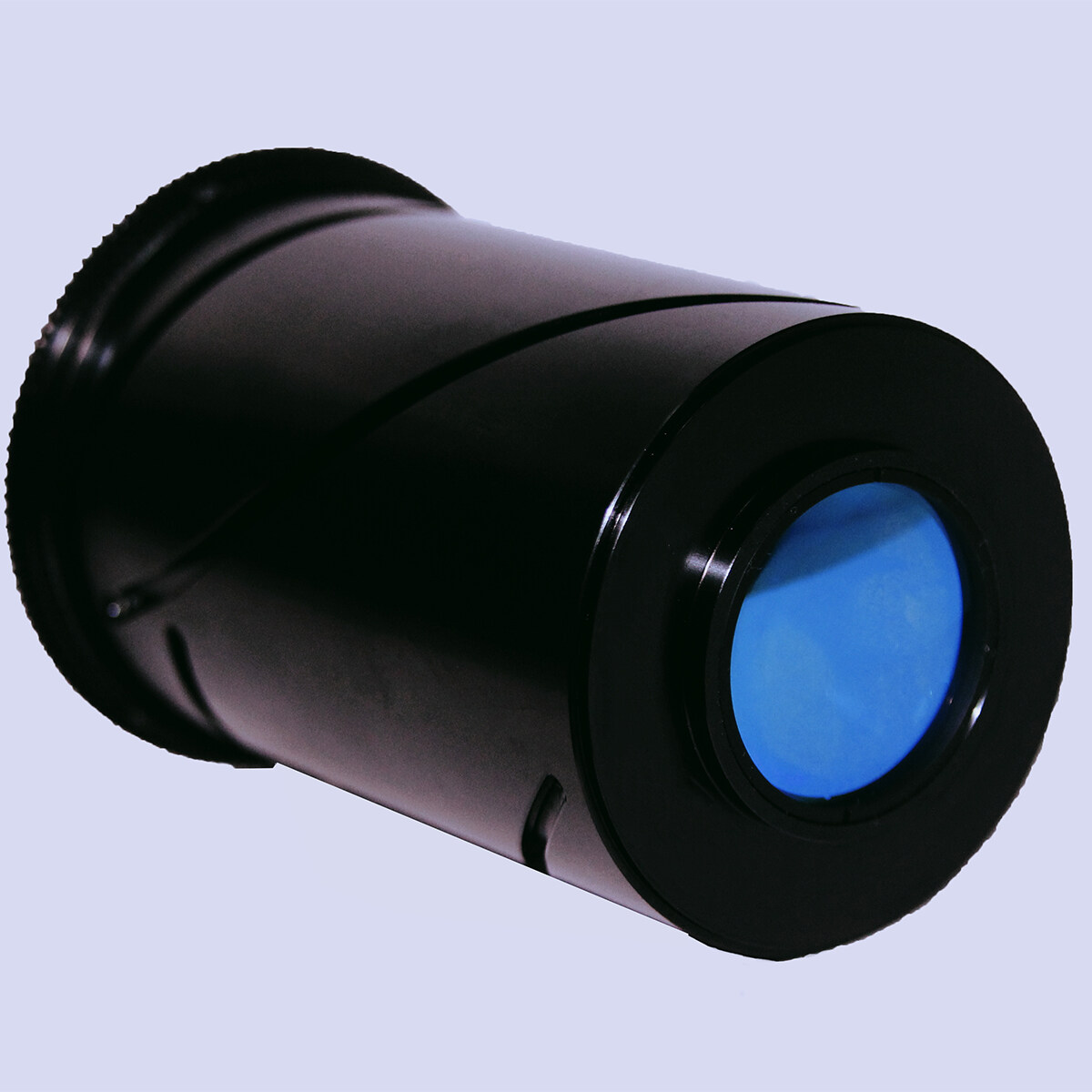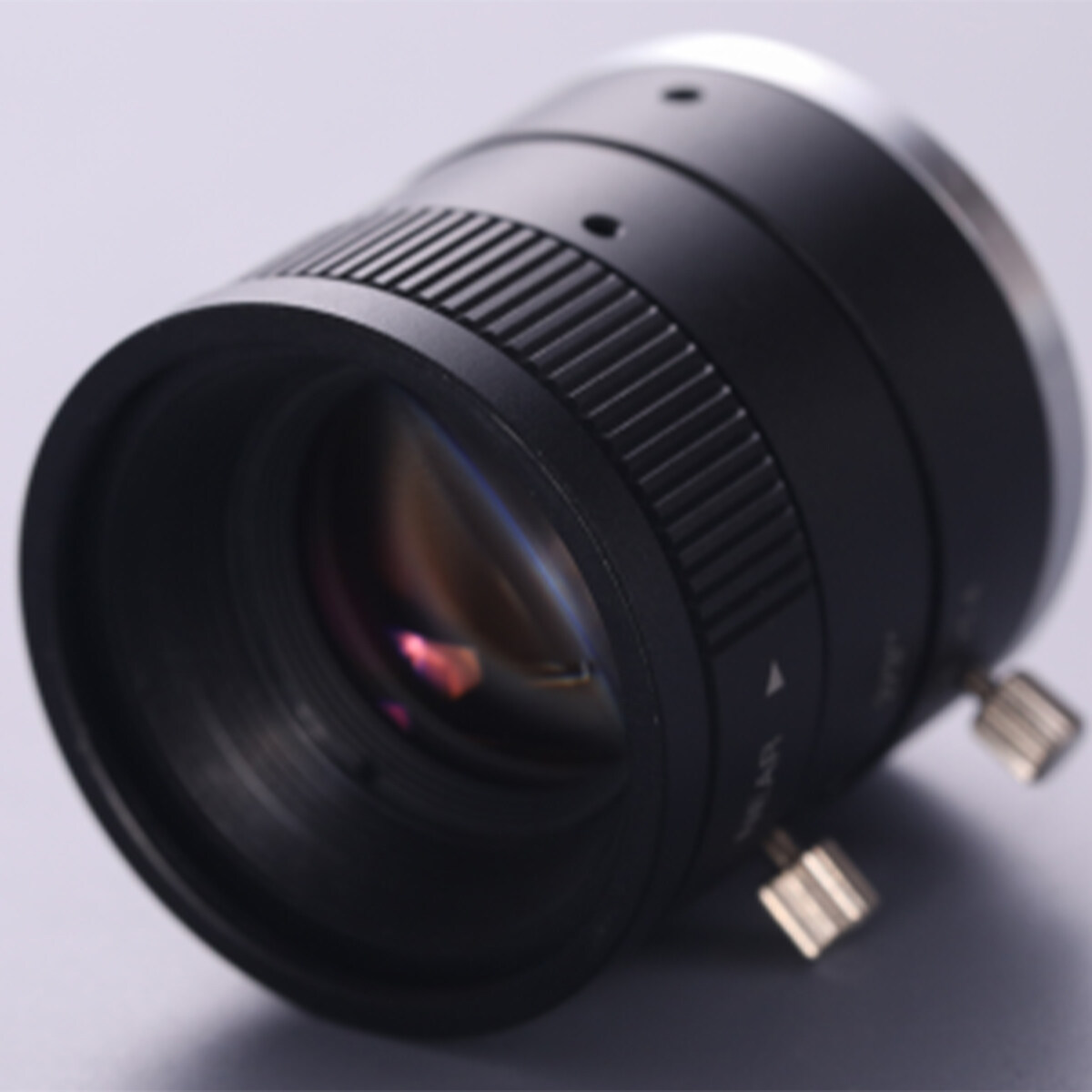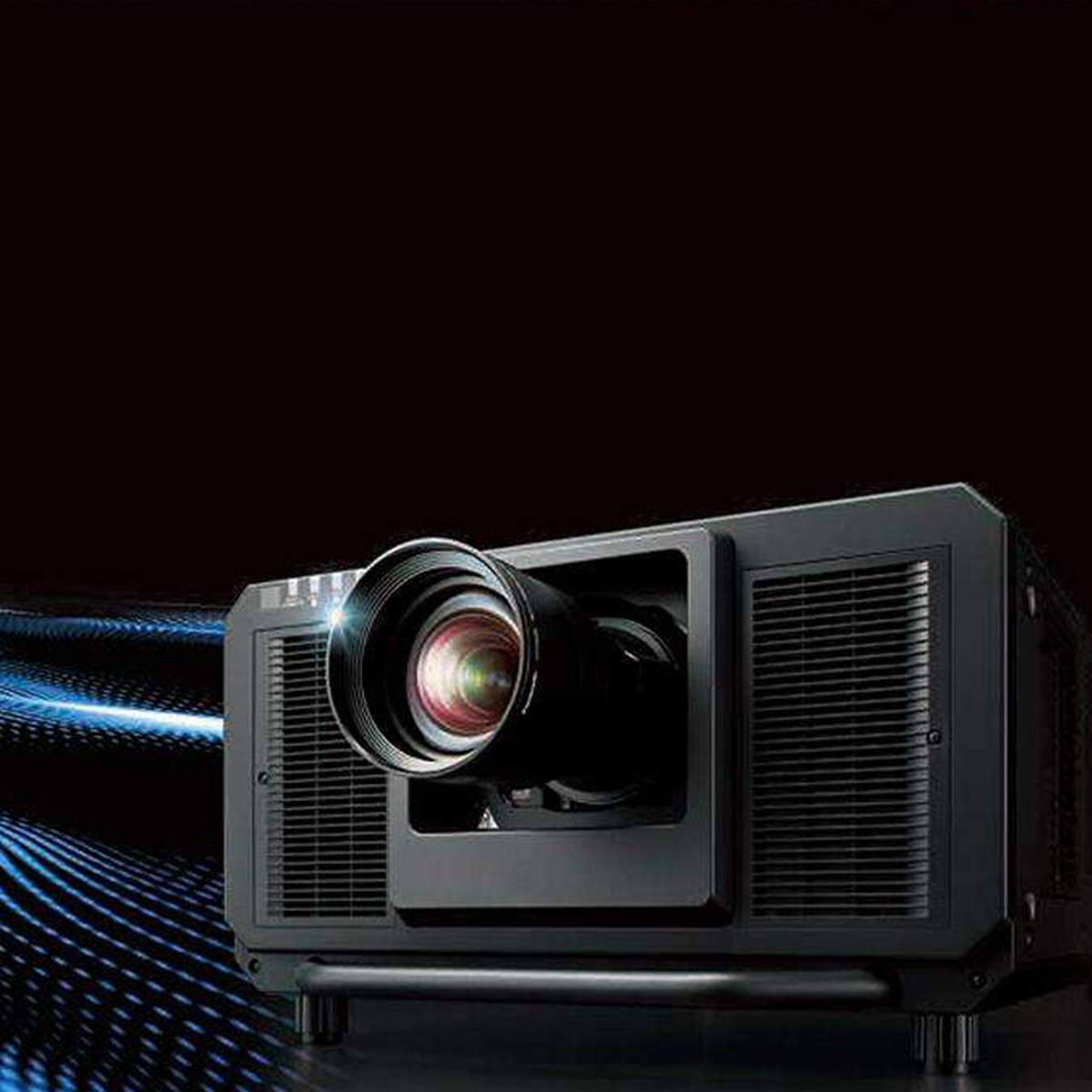Email format error
Email cannot be empty
Email already exists
6-20 characters(letters plus numbers only)
The password is inconsistent
Email format error
Email cannot be empty
Email does not exist
6-20 characters(letters plus numbers only)
The password is inconsistent

Medical Microscope Lens
As we know. The microscope has many applications in science and industry. It is especially used for quality control (semiconductor processing, metallurgical analysis) and laboratory (medical imaging, cell research). Our dissecting microscope objective lens is used in the medical light microscope.
How to choose a suitable medical microscope?
The microscope is an optical instrument, which can observe tiny samples in detail through the lens.
The microscope has many applications in science and industry. It is especially used for quality control (semiconductor processing, metallurgical analysis) and laboratory (medical imaging, cell research).
There are two types of microscopes: optical microscopes and electron microscopes. In this guide, the differences between these two types of microscopes will be introduced, and only optical microscopes will be discussed.
Should I choose an optical microscope or an electron microscope?
The main difference between these two types of microscopes lies in the way in which the samples to be observed are prepared and passed. It is also a factor that determines image quality (magnification, color, black and white).
Optical microscope
Under the optical microscope, the preparation is placed on a glass sheet and irradiated with light: its resolution is within 200 nm.
However, the magnification is quite limited, which means that details less than 200 nm cannot be observed.
Under the electron microscope, the electron beam passes through the prepared sample: the magnification is higher.
However, the image is black and white. Then you can add colors digitally on your computer.
Electron microscope
There are two types of electron microscopes: scanning and transmission.
Electron scanning microscope (SEM):
Electrons emitted by this type of microscope will sweep the surface of the prepared sample.
Its resolution is very high, in the range of 0.4 to 20 nm, which makes it possible to distinguish two points less than one nanometer apart.
The embossed image enables the structure and form of the sample to be studied.
This type of microscope is mainly used by biological research institutions to obtain the shape of cells or organs.
Electron transfer microscope (TEM):
Electrons emitted by this type of microscope will sweep the surface of the prepared sample.
This means that the resulting image can provide even the smallest details of the sample.
Electron transfer microscopy is used in cell biology because it is the only way to obtain accurate images of the interior of cells.
What type of optical microscope should be selected?
According to the sample to be observed, there are a variety of optical microscopes to choose from. First, you need to choose between an upright microscope and an inverted microscope.
Upright microscope:
Place the light source under the sample and observe the sample from above.
An upright microscope is used to observe and magnify specimens on glass slides.
Inverted microscope:
Place the light source under the sample and observe the sample from above.
An inverted microscope is used to observe cells in vitro culture and make it possible to examine thick objects or objects at the bottom of Petri dishes.
Microscopes also have different types of eyepieces.
Monocular microscope:
Observe the sample with only one eye.
The price is relatively cheap.
But it's uncomfortable and not suitable for long-term observation.
Binocular microscope:
Using this kind of microscope, you can observe the sample with both eyes to reduce the fatigue of the eyes and muscles.
A binocular microscope is suitable for long-term use.
It is also used for stereoscopic observation to perceive the depth of the sample.
Tricolor microscope:
Both eyes are used for observation.
As a "third eye", the camera is connected to the upper part of the microscope for photographing and recording observation results.
Prepared for experienced practitioners.
The price is quite expensive.
Digital microscope:
There is an LCD screen that allows several people to observe at the same time.
It is very comfortable to use because observation is carried out on the screen.
The magnification is very high, and the details of the sample can be observed.
Compared with other microscopes, this type of microscope provides very accurate images.
The observation results can also be photographed or photographed.
This kind of microscope is often used in the laboratory. The price is quite expensive.



